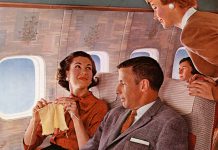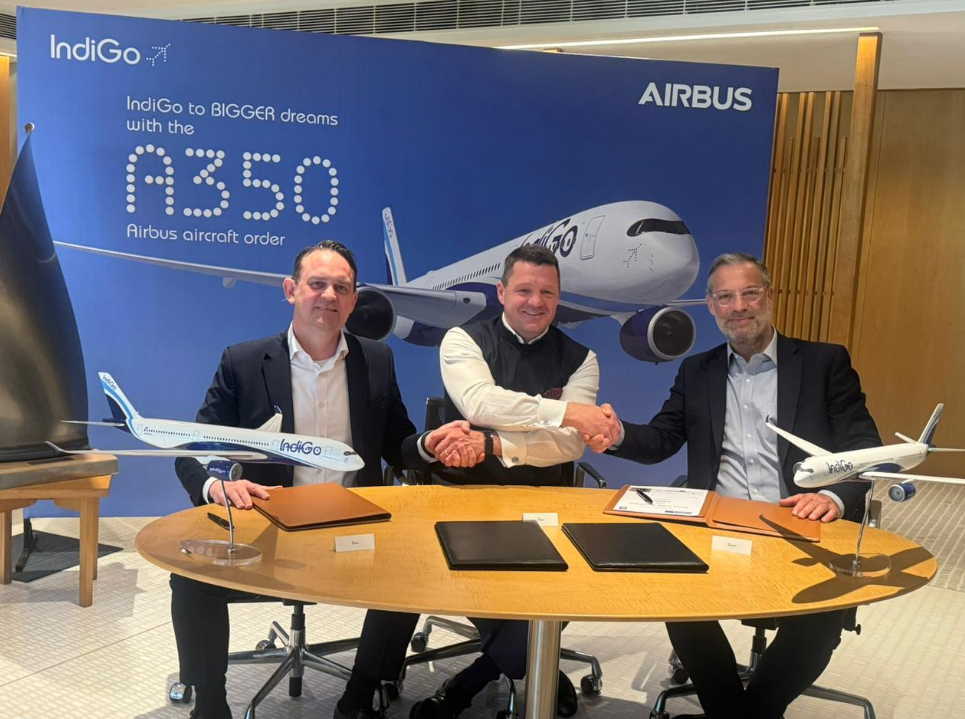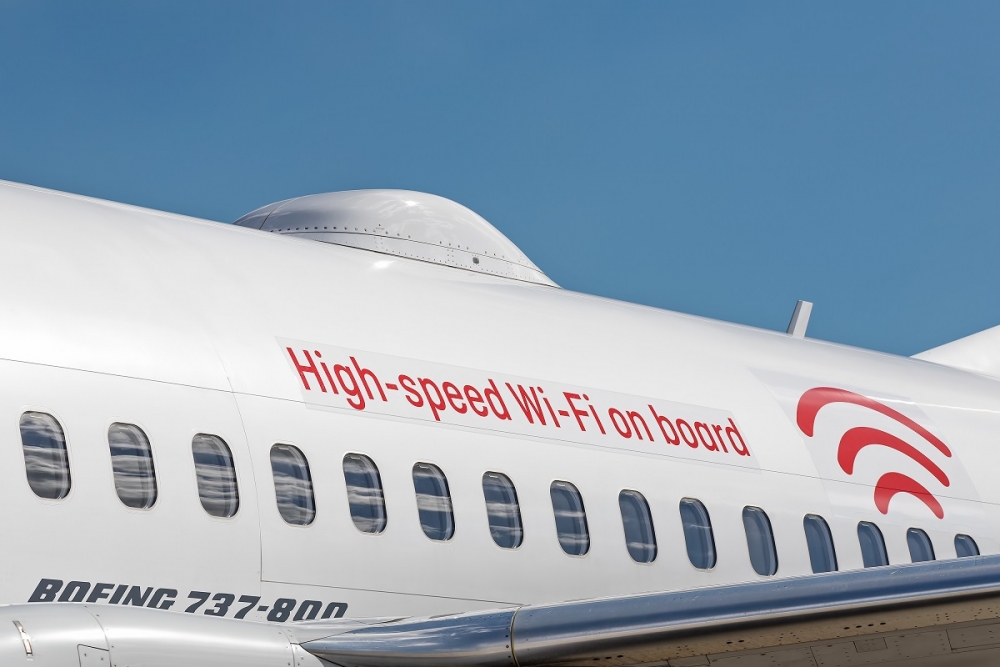A peaceful, high-altitude escape from the demands of email and the internet is getting harder to find as the inexorable global roll-out of inflight wi-fi picks up pace.
The Routehappy Wi-Fi Report 2018 shows 82 airlines worldwide now offer inflight wi-fi covering almost half of global airline capacity in available seat miles.
The 12 additional airlines to offer the service represents a 17 percent increase on Routehappy’s 2017 report while the number of available seat miles (ASMs) on which wi-fi is available rose 10 percent to 43 per cent.
And the service is getting better as more airlines offer faster services.
The fastest wi-fi — available through new satellite technology offered by companies such as ViaSat and Gogo — is now available on 16 percent of global airline ASMs. That marks a massive 129 percent increase on the 2017 report.
These systems can offer access to streaming services such as Netflix and are being rolled out by a number of airlines, including Delta, American, Alaska, Qantas, Virgin Australia and Lufthansa.
But the biggest number of planes are still fitted with systems that fall somewhere between best and basic service, accounting for a 57 per cent of ASMs globally.
The good news is slower and more frustrating basic services continue to lose ground. They now account for just 27 per cent of connected ASMs worldwide, down 16 per cent on the 2017 report.
The annual report on the state of inflight wi-fi is based on an analysis of flights departing on a typical weekday, in this case February 12 this year. It uses Routehappy data collected as of January 12.
Routehappy chief executive Robert Albert described 2017 as another ”progressive year” for inflight wi-fi.
“The 129 per cent growth of best wi-fi is extraordinary, it shows the commitment airlines are making to best in class systems and we expect to see this number increase even more in 2018,” Albert said.
The study shows US passengers have the best shot at getting connected with 85 per cent of ASMS fully rolled out, compared to 32 per cent on non-US airlines.
Read: Jetblue takes wi-fi line honours.
Three carriers now offer connections on all of their flights: Icelandair, Southwest, and Virgin Atlantic
Thirteen have wi-fi on all long-haul flights: Air Europa, Delta, Emirates, Etihad, Eurowings, EVA Air, Iberia, Kuwait, Lufthansa, SAS, Scoot, United, and Virgin Atlantic. Routehappy considers long haul flights to be those longer than 2800 miles (4506kms), or about six hours.

Falling costs mean the service is also migrating to smaller airlines such as Air Astana from Kazakhstan, Air Côte d’Ivoire from Ivory Coast, and Air Mauritius.
“In Oceania, a region that has been slower than others to adopt inflight wi-fi, a race to begin offering wi-fi kicked off in late 2017,’’ the report says. “ Qantas signed on with ViaSat, Virgin Australia with Gogo, and Air New Zealand with Inmarsat. This spread drives home the point that best wi-fFi is now a reality, offered globally and from multiple vendors.”
























